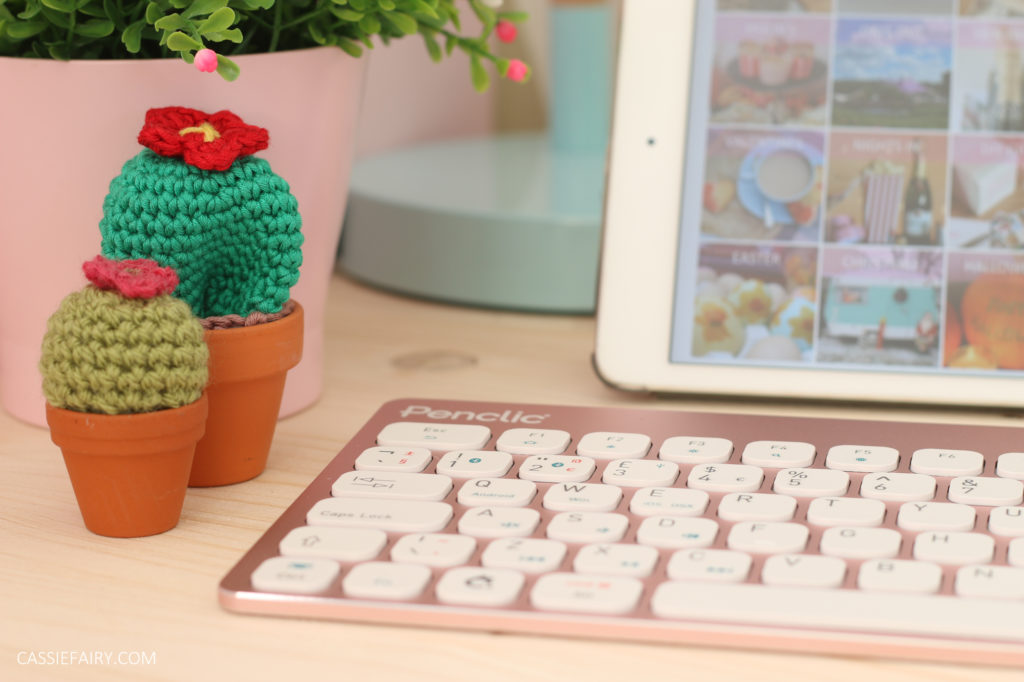
I’m sure you’ll agree that the ways in which we’re encouraged to shop these days have changed SO much that it’s no surprise we’re struggling. Discount codes, saved baskets, flash sales, online-only, virtual products, and one-click ordering makes the shopping process fast, impulsive and, sometimes, mindless.
So, how did we shop pre-internet? What different patterns did we have? Here are some lessons we can use today to improve our shopping habits…
CATALOGUES
I remember that it was all about catalogue shopping in the 80s and 90s. If you didn’t have a Littlewoods or Freemans catalogue in the hallway, how were you going to know what the latest fashions were? And even the high street shops were catalogue-based – remember Index?? Thank goodness Argos is still around – AND you can still pick up a physical catalogue. I wonder how long that’ll carry on for?
Spending Lesson 1: Planned purchases
Many of my happiest childhood days were spent picking out a Christmas gift from the toy pages of a catalogue. In those days, we all used catalogues to plan our purchases ahead, which made us think through our decisions and be sure that we wanted the product. I could find the My Little Pony I wanted in the catalogue and then I was motivated to save up my pocket money until I could afford it. It was all about list-making in those days – and impulse buying was a thing of the future!
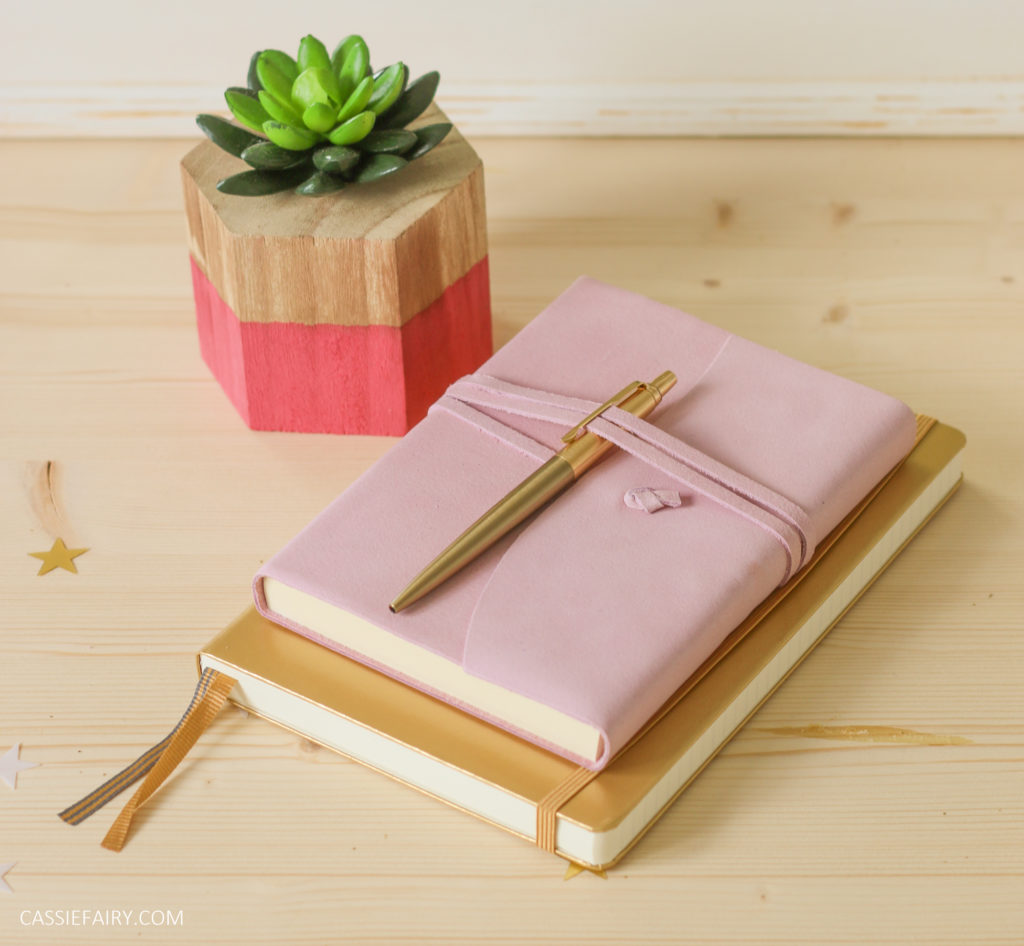
Spending Lesson 2: Less impulsive shopping
You know what it’s like when an email lands in your inbox with a tempting offer, and your credit card is already stored in the checkout of the online store. It’s SO easy just to click-and-buy, isn’t it? I much prefer the slower (more mindful?) way of shopping that browsing a catalogue encourages.
Making a list rather than adding items to your online basket meant that you remained detached from the shopping process until you were ready to proceed. And even then, ordering was a lengthy process that gave you time to rethink your purchases before committing.
Spending Lesson 3: Organised finances
The other benefit of catalogue shopping was spreading the cost of big-ticket items and appliances. I remember that mum could save up with a catalogue before Christmas so that everything was paid for in advance. Talk about less stress than putting the cost of Christmas on a credit card!
Plus, if you really needed a new washing machine after the old one packed up, you could spread the cost over a number of weeks, knowing that you had a plan to fully repay the balance rather than putting it on a credit card and leaving it. These days, you can compare catalogues online to find out the best deals for spreading the cost with the catalogue that has the lowest interest and fees, etc.
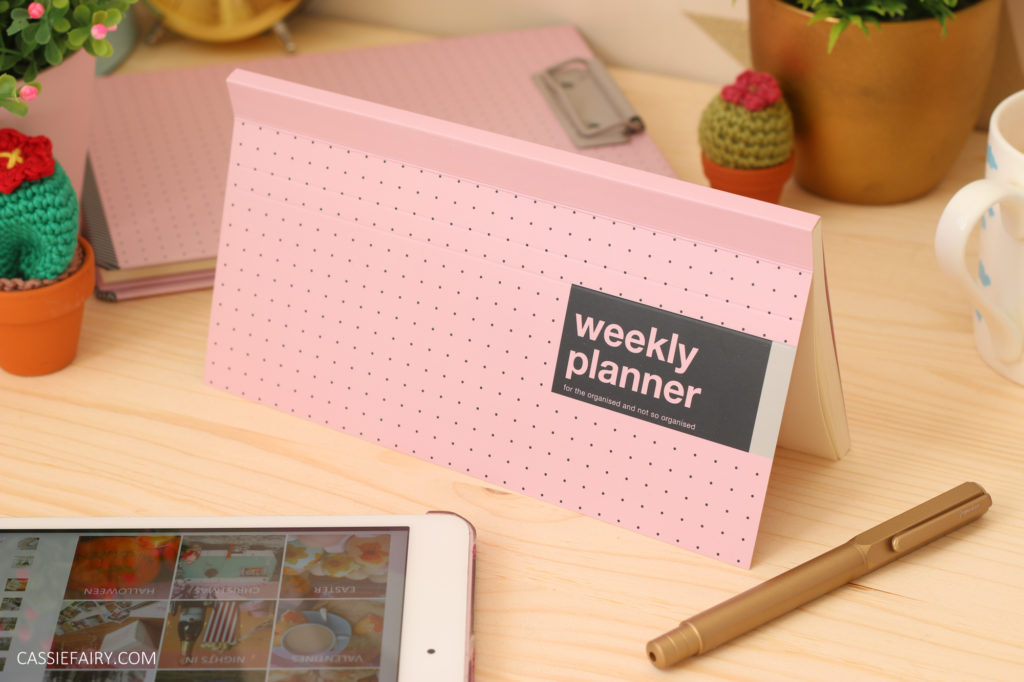
SHOWROOMS
I feel like there are less showrooms around than when I was a child. I’m sure some of our best ‘days out’ were going to showrooms and looking at room sets and trying things out in real life. Nowadays, we’re much more likely to buy something that we’ve only seen in photos, with just a vague idea of how it’ll look when it arrives. Sure, we can measure up to see if it’ll technically ‘fit’, but we have no clue about the quality or the true colour behind that computer screen.
Spending Lesson 4: See it in real life
Even though something might look like a bargain online, there’s a lot of guesswork involved. You can never be sure about the fabric texture of soft furnishings, the fit of clothing or the colour of that rug. In fact, you can imagine something to be much nicer than it is, and will be disappointed when it arrives and you see it in real life.
I’ve recently been on the look out for a new sofa. There are plenty of designs I like online (at good prices too) but there’s no way that I’m going to order something that I haven’t touched and sat on in real life – disappointment is the only outcome! If you’re going to spend your hard-earned money on something, at least have a look at it in real life before you invest your cash.
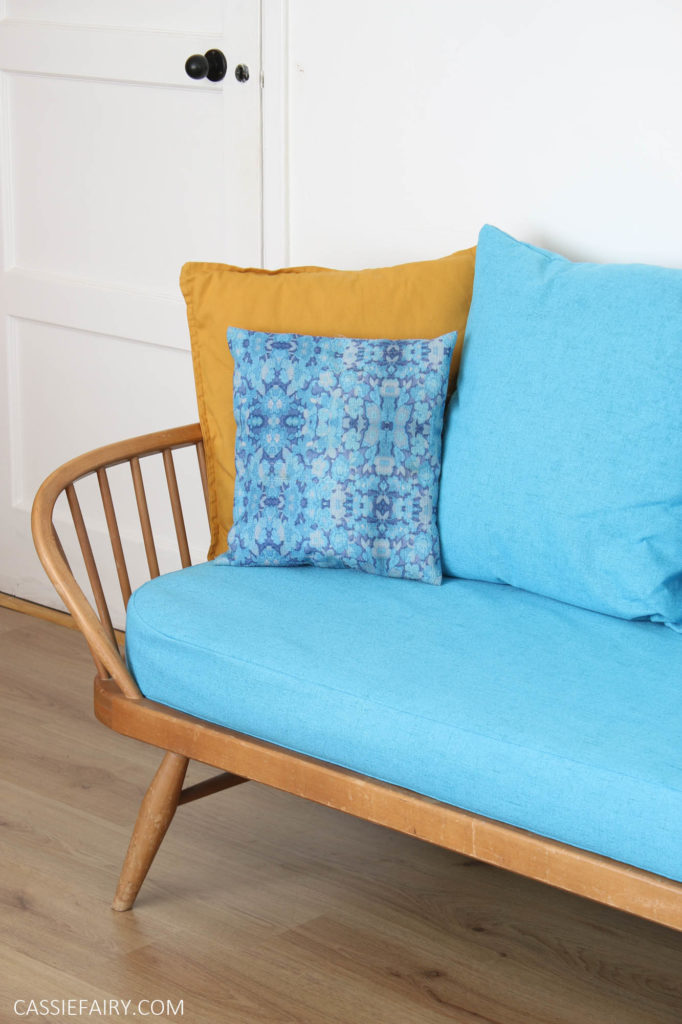
SECONDHAND
I’m sure we all had a lot more secondhand items in our lives back in the last century. In fact, I’m sure I didn’t have anything brand new unless it was a very special occasion. We were grateful for hand-me-downs as kid,s and it felt like we went to a jumble sale almost every weekend.
Way before buying from charity shops was a cool recycling effort, it was a way of cutting the cost of clothing – especially with growing children in the family. I guess it’s because everything you bought ‘new’ cost so much more than it does today – there were no fast fashion low-cost options available – so secondhand was often the only option.
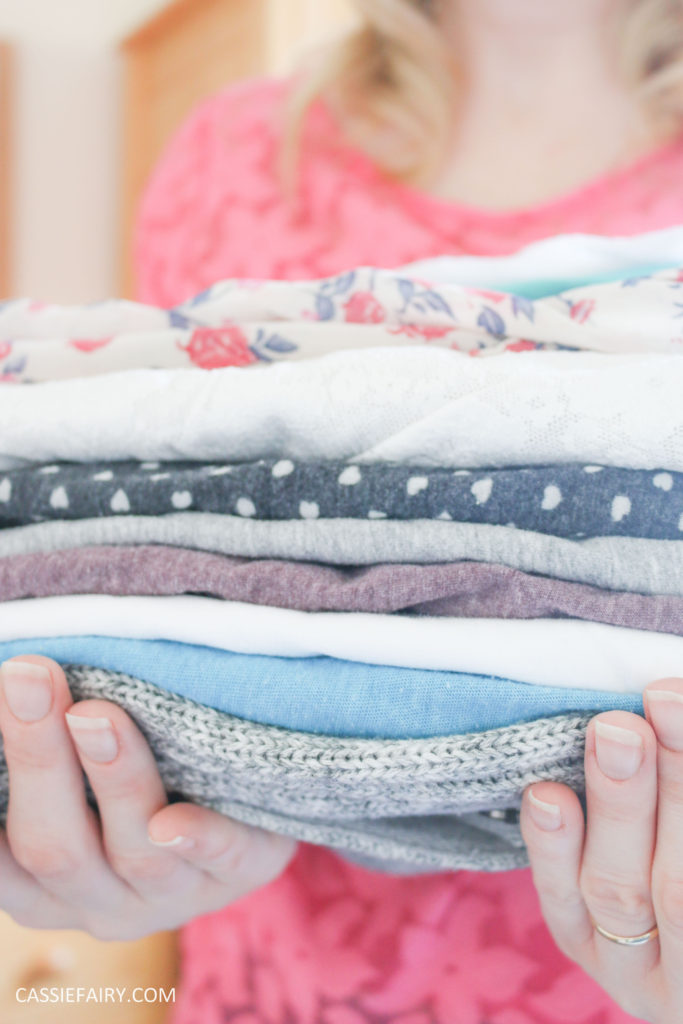
Spending Lesson 5: Put secondhand first
If you need to add something to your wardrobe – a pair of jeans or a coat perhaps – why not try hunting for it secondhand to see if you can get a bargain? I bet you can halve your usual budget by shopping this way. And it doesn’t mean that you have to go digging through car boot sales or jumble sales, although that’ll help to cut your costs even further.
These days ,you can visit pop-up swap shops in shopping centres where you can trade your good quality clothing for something new-to-you. I bet you’ve got some new-with-tags items in the back of your wardrobe that you’ve never worn.
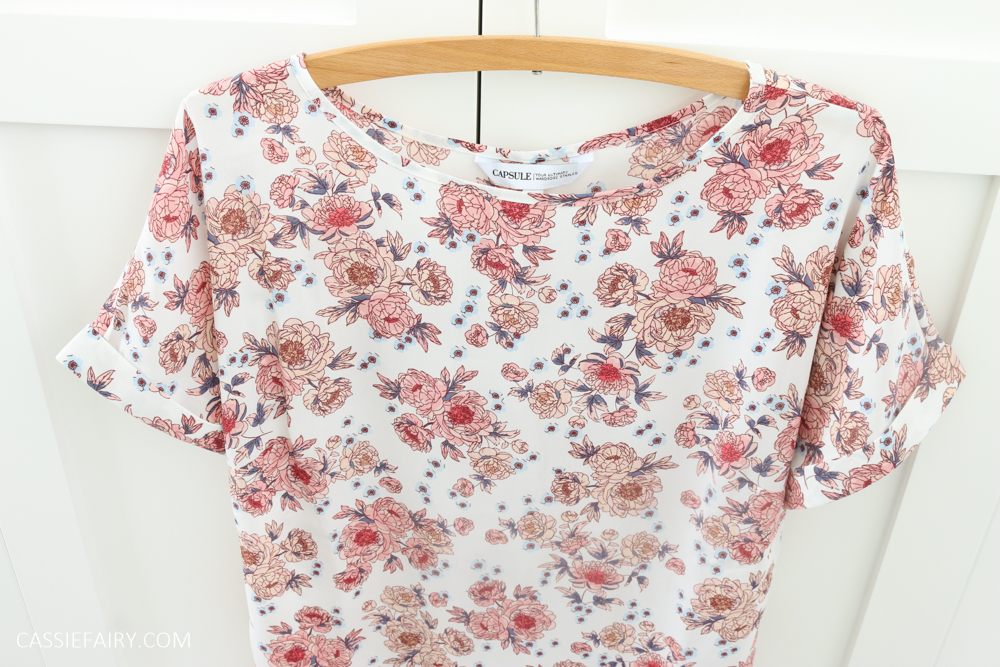
Charity shop-shopping is my preferred way to find great clothing at low cost, not least because I can try on items before I buy to make sure that I’m spending my money wisely. You don’t have to sacrifice brand names either – I bet you’ll find plenty of great quality donations in your local charity shop. And you could always search for your favourite style, brand and size of jeans online through eBay or Depop.
LOCAL SHOPS
I’m sure we never went too far afield to do our shopping in the past. I remember that a trip to the nearest small town would be a once-a-fortnight visit, and we’d only venture to the nearest city once a year at Christmas! So we had to shop locally, and there were certainly some benefits of that…
Spending Lesson 6: Only buy what you need
I’m talking waaay back in the middle of last century when you could go into a grocery store and just buy the measurement of food that you needed. Think ‘Open All Hours’ and you’re on the same page as me. Sure, it might not be possible to buy every type of produce individually weighed to suit your needs but many items are available to buy in this way from plastic-free companies and local grocery shops.
Our local seller is Cupboard Love and I take along my tubs and jars to be refilled at the nearby market. I can get everything from pasta to loo roll from Cupboard Love, all without packaging and in the measurements I need. This means I’m never paying for a larger quantity than I want just because it’s packaged that way.
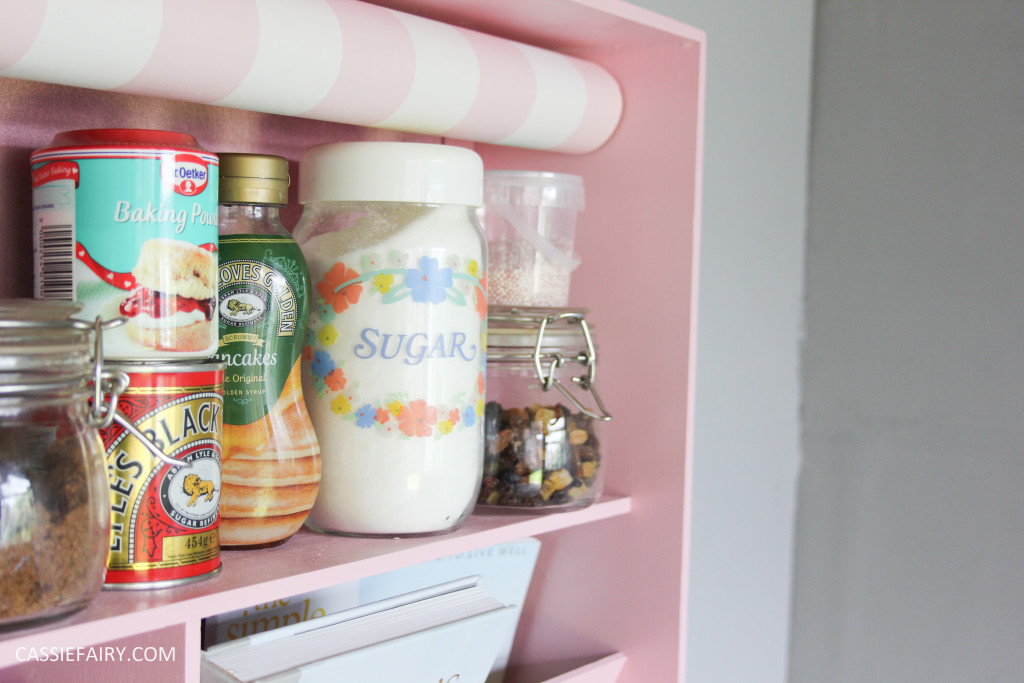
Spending Lesson 7: Get personal
I’ve found that shopping locally and with independent retailers means that you get a more personal service, which can also lead to discounts. If you can chat with the shop owner face-to-face, you can sometimes negotiate a better price if you’re buying a large quantity – like the discount I got when ordering DIY supplies for my garden landscaping project.

Also, I’ve been able to ask the local pet shop if they can get hold of the specialist cat food that I buy online and I asked the pharmacy if they could stock my favourite brand of hair products. They could check their pharmacy management system to learn more about whether my preferred items could be ordered in. I’d much prefer to support my local retailers than a big international delivery company.
Often, smaller retailers can track down the items you need more easily than you can yourself – and they will try to match online or high street prices, which cuts out the delivery costs, keeps the money in the local economy and lets you wander down to the shops nearby to get the items you need rather than travelling to the bigger towns and cities.
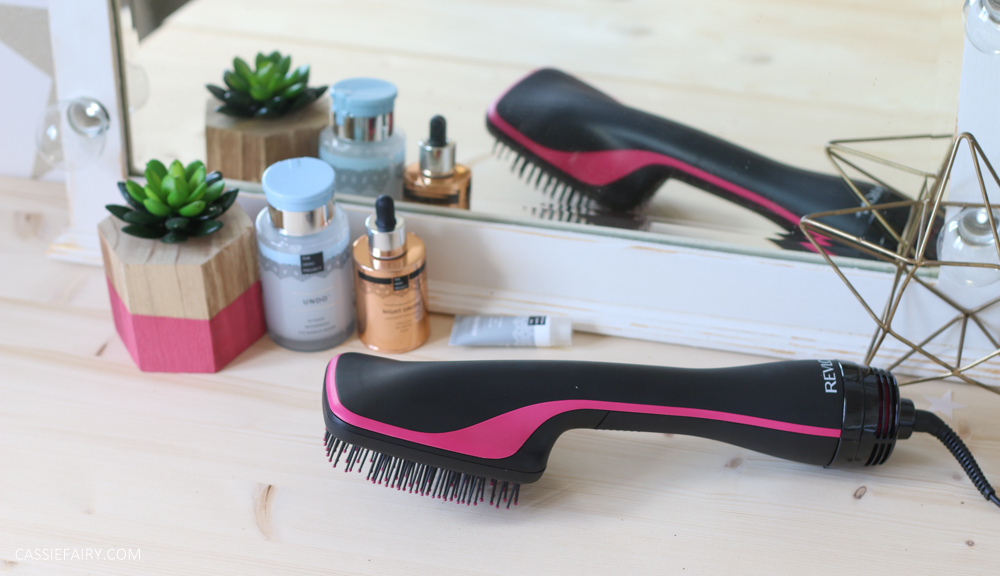
So what else would you add to these spending lessons? Let me know how you used to shop in the decades gone by and how you still save money by shopping in the same way. I’d love to hear your ideas and hacks in the comments below 🙂
PIN IT FOR LATER..!
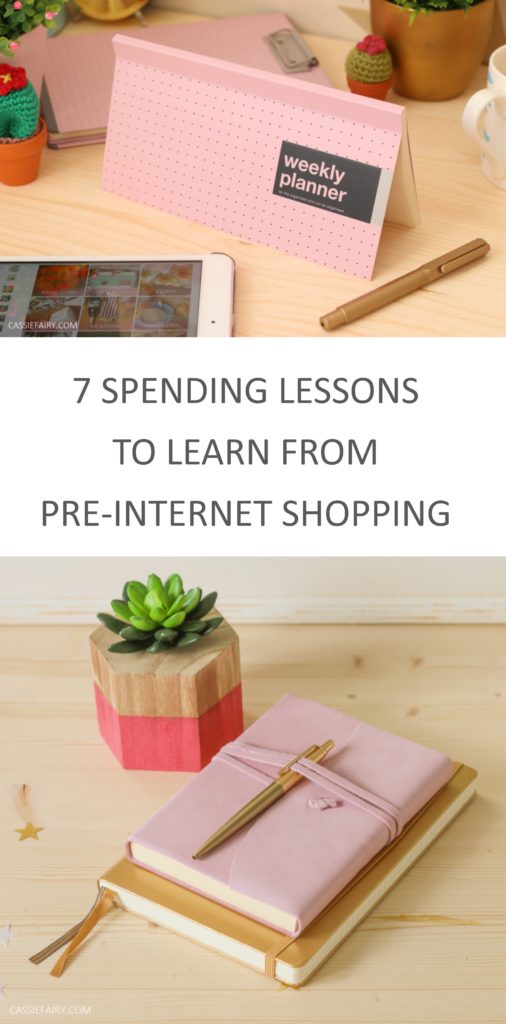
This article is a sponsored collaboration. The pink links in the content indicate a sponsored link or information source. The blog post reflects my own experience and the sponsor hasn’t had any control over my content 🙂







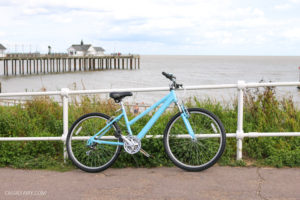
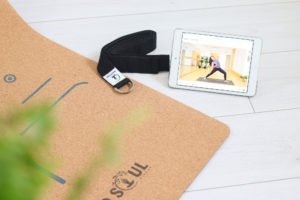











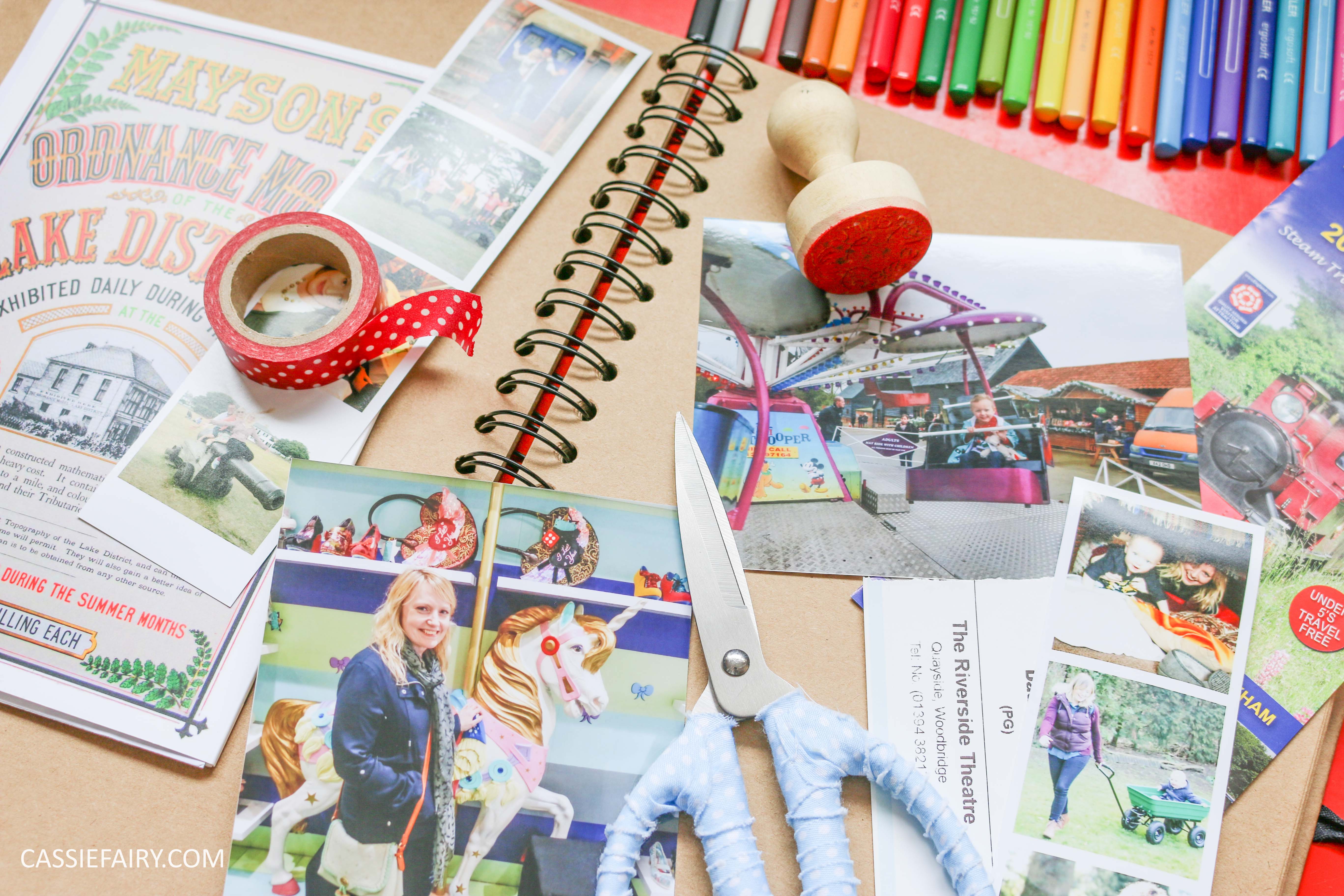
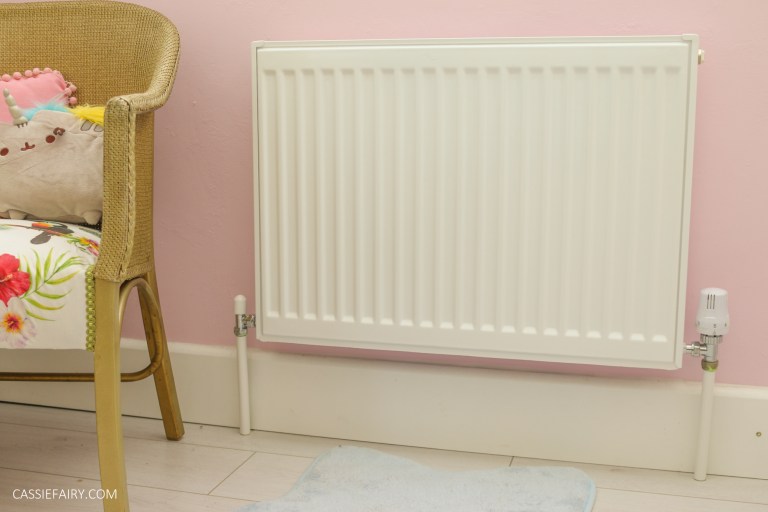

2 responses
Absolutely Lucy, I love hunting for a bargain! Thanks for your comment 🙂
These are all excellent tips. I think the quality of charity shops varies greatly and it’s wonderful when you get a good bargain. I love eBay and gotten some great things from there in the past.